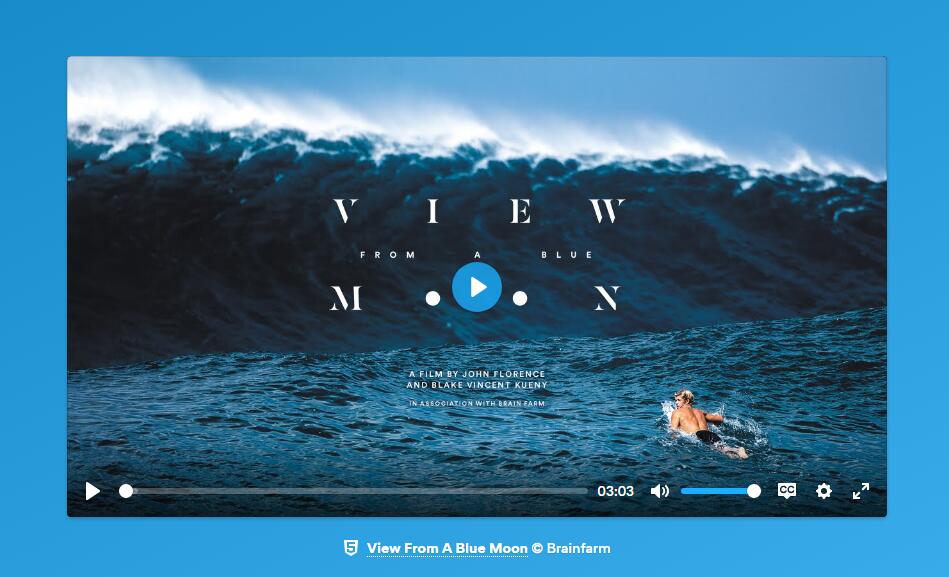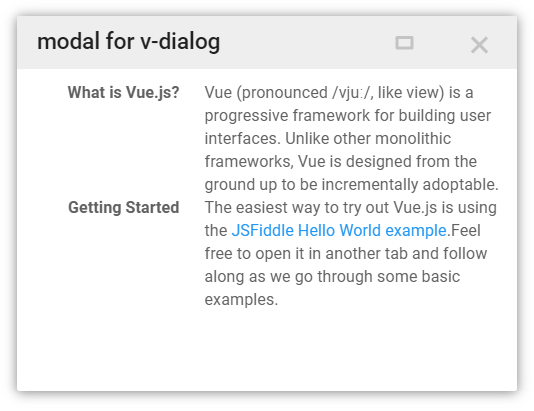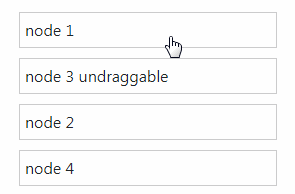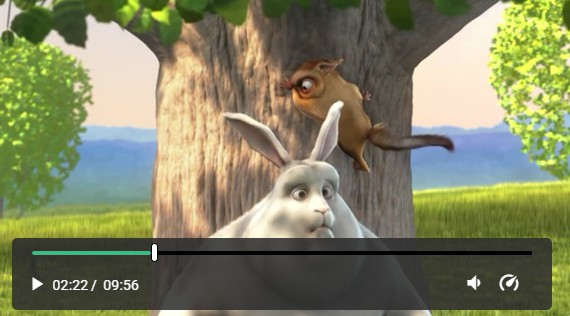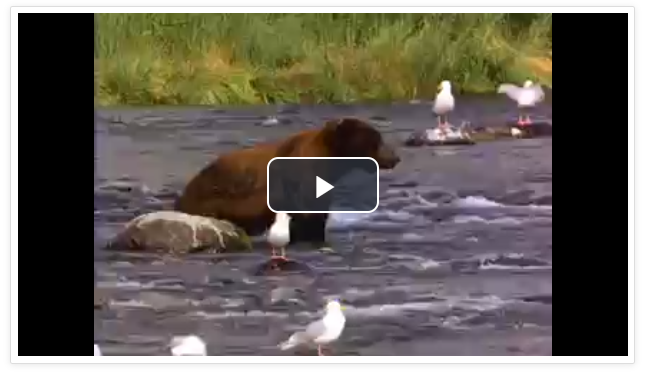vue-plyr
A set of Vue components for the plyr video & audio player.
This is useful for when you want a nice video player in your Vue app.
It uses plyr v3 for the players.
Supported player types: html5 video, html5 audio, youtube (div & progressive enhancement), and vimeo (div & progressive enhancement).
Installation
yarn add vue-plyr # or npm i vue-plyr --save
Browser
Include the script file, then use it in the app; e.g.:
<script type="text/javascript" src="https://unpkg.com/vue@latest"></script>
<script type="text/javascript" src="https://unpkg.com/vue-plyr@latest"></script>
<link rel="stylesheet" href="https://unpkg.com/vue-plyr@latest/dist/vue-plyr.css">
// only use this method for when you are using the <script> tags to load vue-plyr.
Vue.use(VuePlyr['default'])
Module
import VuePlyr from 'vue-plyr';
import 'vue-plyr/dist/vue-plyr.css';
Vue.use(VuePlyr)
Or
import { PlyrVideo } from 'vue-plyr'
import 'vue-plyr/dist/vue-plyr.css'
export default {
components: {
PlyrVideo
}
}
Usage
Once installed, it can be used in a template as simply as:
<!-- The preferred way to apply the component is by wrapping it with -->
<!-- the <plyr> tag. It has a lot more flexibility as you are able -->
<!-- to manage your element directly. -->
<!-- video element -->
<plyr>
<video>
<source src="video.mp4" type="video/mp4" />
<source src="video.ogg" type="video/ogg" />
</video>
</plyr>
<!-- audio element -->
<plyr>
<audio>
<source src="audio.mp3" type="audio/mp3" />
<source src="audio.ogg" type="audio/ogg" />
</audio>
</plyr>
<!-- youtube iframe with progressive enhancement -->
<plyr>
<div class="plyr__video-embed">
<iframe src="https://www.youtube.com/embed/bTqVqk7FSmY" allowfullscreen allowtransparency allow="autoplay"></iframe>
</div>
</plyr>
<!-- youtube div element -->
<plyr>
<div data-type="youtube" data-video-id="bTqVqk7FSmY" />
</plyr>
<!-- vimeo iframe with progressive enhancement -->
<plyr>
<div class="plyr__video-embed">
<iframe src="https://player.vimeo.com/video/147865858" allowfullscreen allowtransparency allow="autoplay"></iframe>
</div>
</plyr>
<!-- vimeo div element -->
<plyr>
<div data-type="vimeo" data-video-id="147865858" />
</plyr>
<!-- You can also use the specific component and pass the necessary -->
<!-- data through the props. This way is not recommended, and will -->
<!-- probably be deprecated at some point. -->
<plyr-video poster="path/to/poster.png" :videos="this.videos" :subtitles="this.subtitles" :crossorigin="true" />
<plyr-audio :tracks="this.tracks" />
<!-- In both of the youtube & vimeo elements you can pass the prop "pe" -->
<!-- to use progressive enhancement instead of the div. (true by default) -->
<plyr-youtube :id="this.youtubeID" :pe="false" />
<plyr-vimeo :id="this.vimeoID" :pe="true" />
export default {
data () {
return {
// Array of objects with path to video files and format.
videos: [
{ src: 'path/to/video.mp4', format: 'mp4' },
{ src: 'path/to/video.webm', format: 'webm' }
],
// Object with subtitles label, source, and language.
subtitles: {
label: "English Captions",
src: "path/to/captions.vtt",
srclang: "en"
},
// Array of objects with path to audio files and format.
tracks: [
{ src: 'path/to/audio.mp3', format: 'mp3' },
{ src: 'path/to/audio.ogg', format: 'ogg' }
],
// YouTube video ID or video URL.
// https://www.youtube.com/watch?v=bTqVqk7FSmY & https://youtu.be/bTqVqk7FSmY would have the same effect.
youtubeID: 'bTqVqk7FSmY',
// Vimeo video ID or video URL.
// https://vimeo.com/147865858 would have the same effect.
vimeoID: '147865858'
}
}
}
